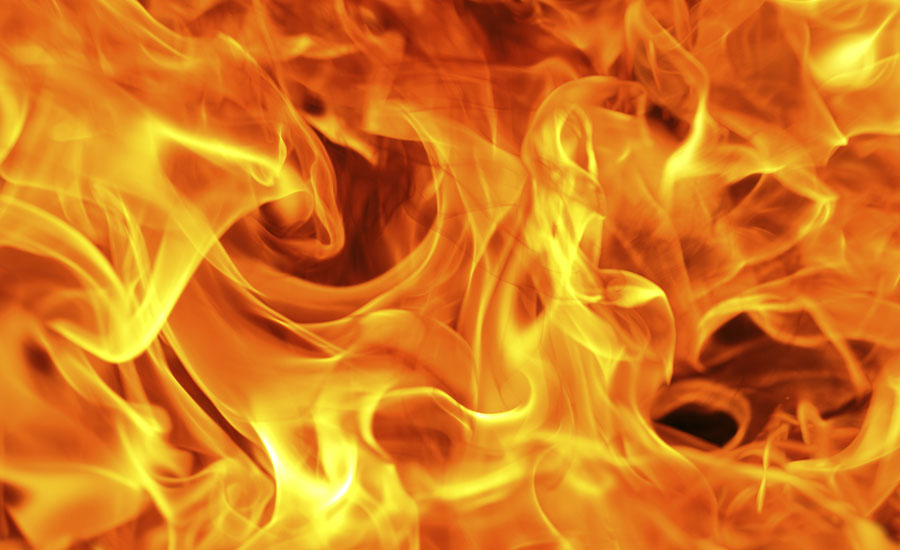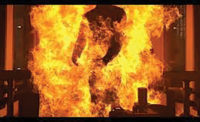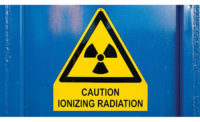The FR clothing market has exploded in recent years. New fabrics, fabric blends, casual styles, garment construction techniques and voluntary standards guidance are ever-changing and present challenges to safety and health pros perhaps confused by the dizzying array of clothing options. What to do? Here’s one simple suggestion: Google search “What you should know about FR clothing.”
Believe it or not you’ll get about 18 million results in 0.84 seconds. Isn’t technology a wonder? Here is a sampling of what you can learn via white papers, technical papers, blogs, tips, and articles:
Frequently asked questions: What does FR stand for? What does FRC stand for? Who wears flame-resistant (FR) clothing? What level of FR clothing protection is typically needed? Where do I find a garment’s arc ratings? Is Nylon flammable or meltable? Is 100 percent cotton a “safety” fabric? Can flame-resistant clothing lose their FR properties after many industrial washings? Can FR clothing be washed at home or is that not a good idea? And many more questions…
What regulations do you need to meet? OSHA 1910.269 maintenance standard for workers who work with or near energized parts in the electric utilities industry and industrial cogeneration plants; OSHA 1910.132 General Duty Clause; and OSHA 1910.119 Process Safety Management.
Things to know before you buy: The type of high heat fires; functionality; industry standards; shrinkage rate; durability; size; moisture control; affordability; availability – to name just a few selection factors.
What are the non-OSHA voluntary industry standards? NFPA’s 2112 standard used for protection against flash fire in the manufacturing working environment. ASTM F1891-12 often made from laminated garments are flame resistant and waterproof. ASTM F1506-15 designed for electric technicians need not ignite exposed cables or perpetuate flames emanating from electrical hitches.NEVER use the 1998 version of ASTM F1506. It was pre-arc rating and is commonly cited by incorrect clothing because it only had a VERTICAL FLAME test. Many melting materials will pass that standard.
All about layering: This is one way to meet the arc rating for staying safe. You might have questions about how FR clothing compliance is met when layering the clothing. Learn why arc rated clothing can be layered and the benefits of layering.
How to wear FR clothing: Don’t wear FR clothing with non-FR outer layer. Don’t wear with a non-FR synthetic underlayer. Don’t roll up the sleeves. Don’t unzip coveralls or unbutton shirts. Be sure to truck in the shirttail.
Myths and facts on complying with NFPA 70E clothing requirements: Among the myths: flame-resistant clothing may not contain nylon or polyester. FR clothing should never contain rayon. Switching suits are very heavy and cost $1,000. FR labeled clothing is all you need for protection against electric arc. (FR is a misnomer. Arc Rated is the proper term. Arc Resistant is old and now only properly used for equipment that does not allow out arc flash energy onto a worker. Some FR-labeled materials ignite, continue to burn, and melt onto workers when exposed to an electric arc. FR without an arc resistance rating usually means passing a vertical flame test – not the same as an electric arc.)
Current trends in FR clothing: Greater comfort; higher quality flame resistance; women’s workwear; casual styles, such as jeans, hoodies and polo shirts.
One note of caution: When researching on the web, check the date of information presented. Related NFPA standards, for example, are updated in three- to five-year cycles. ASTM standards are also updated and revised.




